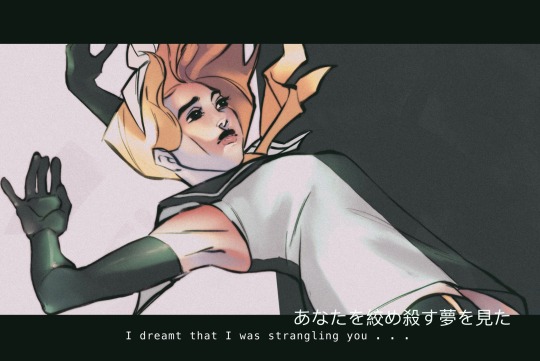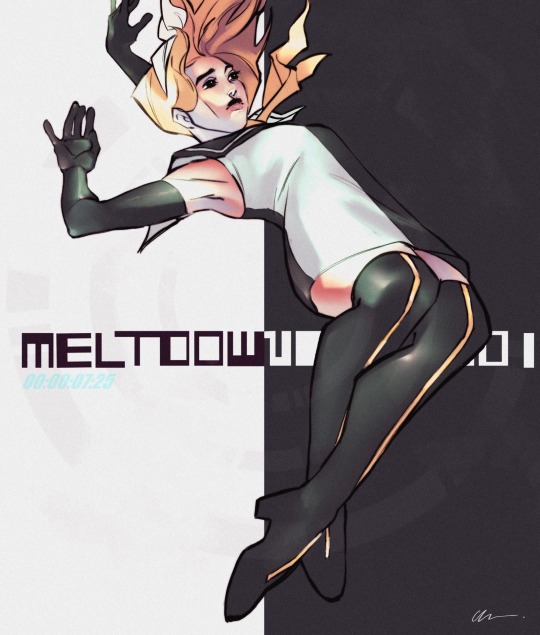#JAPAN-HAIKU
Explore tagged Tumblr posts
Text
20250104 PHOTOGRAPHY WEBER NORBERT • WEST - GERMANY •
https://www.linkedin.com/in/norbertwebergermany?utm_source=share&utm_campaign=share_via&utm_content=profile&utm_medium=android_app WeisheitWir schließen keine Kompromisse mit dem Bösen, und deswegen kann kein Friede sein außer in Reinheit und Gerechtigkeit. ©️NORBERT WEBER KARATELEHRER ○ ○ ○ ○ ○Japanisch> 知恵を私たちは悪と妥協せず、 したがって平和はあり得ず 純粋さと正義を除いて○Chie watashitachiha aku ni taishite dakyo…

View On WordPress
0 notes
Text

https://kimonocatsoncups.etsy.com
#cats#catlovers#haiku#haikupoetry#japanese#japanese culture#japanese art#nippon#kimono#made in japan#geisha#neko#kawaii
154 notes
·
View notes
Text

Haiku
Dreams of autumn
Colorful leaves in the streets
crowded thoughts
Ikki 2024
47 notes
·
View notes
Text
#today on tumblr#haiku poetry#national haiku poetry day#poetry#writers and poets#writers on tumblr#creative writing#writeblr#haiku bot#turing#aunts#japan#japanese#poem#poets on tumblr#bot poets on tumblr
711 notes
·
View notes
Text

姫女菀[Himejoon] Erigeron annuus
There is a plant called 姫紫苑[Himeshion](Aster fastigiatus), which is also written as 女菀. There are several theories as to the origin of the name Himejoon, it seems that its name was given to mean smaller than 女菀.
姫[Hime] means princess, or something small and adorable. However, the grass height of Himejoon is about 1.5 meters, whereas that of Himeshion is about 1 meter, so the name does not match the actual state. The flowering season is from early summer to late autumn.
Native to North America, it was introduced as an ornamental grass called 柳葉姫菊[Yanagibahimegiku] around the end of the Edo period(1603-1868) and, but once it became a wild species, it quickly spread throughout the country.
杉森の 深さに痩せて 姫女苑
[Sugi-mori no fukasa ni yasete himejoon] Himejoon, which is skinny (and blooming) due to the deep cedar forest By 水野 六山人[Mizuno Rokusanjin]
代議士と ひとたびなりし 有志家の 邸のあとよ 姫女苑さく
[Daigishi to hitotabi narishi yūshika no yashiki no ato yo himejoon saku] Himejoon is blooming on the site of the residence of a public-spirited man who became a member of a congress By 別所 梅之助[Bessho Umenosuke]
季語[Kigo](The seasonal word) for it is summer. 苑󠄂 and 菀 are almost the same meaning.
29 notes
·
View notes
Text

The Ink Dark Moon: Love Poems by Ono no Komachi and Izumi Shikibu
#ink dark moon#ono no komachi#izumi shikibu#jane hirshfield#japanese poem#japanese poetry#love poetry#love poem#haiku#japan#poetry#poems#beautiful words#words words words#poems and quotes#quotes#romance quotes#love quotes#words#literature#love
177 notes
·
View notes
Text


I myself would like
To try jumping into a
Hadron collider
#myart#vocaloid#rin kagamine#meltdown#fanart#anime#peep the haiku#my secret passion#this was one of my first vocaloid songs#hatsune miku#Japan
18 notes
·
View notes
Text

#fashion#art#artist#drawing#beauty#original#inspiration#cartoon#vintage#alternative#painting#Japan#haiku#cat#Architecture#education#animals#woman#animation#viral#cats#Illustration#music#comics#tumblr#Model#motivation#image#anime#smile
21 notes
·
View notes
Text

The shallows - a crane’s thighs splashed in cool waves Trong vũng cạn cặp chân của con hạc khua trong sóng nước mát · Deep into autumn and this caterpillar still not a butterfly Mùa thu dài và chú sâu này vẫn chưa hóa bướm - Bashō
English Translation: George Marsh Art: Caroline Young
#haiku#japanese art#japanese poetry#short poem#art#aesthetic#japan#writing#painting#creative#poetry#literature#japanese#japaneseart#zen#japanesepoetry#basho#thiền
11 notes
·
View notes
Text


Whoagh…… it’s Mt Fuji…… just like in The Lost Future of Pepperharrow by Natasha Pulley……..
#mt fuji#natasha pulley#the lost future of pepperharrow#the watchmaker of filigree street#I’m being dumb I’m doing a bit#Fuji is so breathtakingly gorgeous#if u ignore ‘by Natasha pulley’ this is a haiku#Japan
14 notes
·
View notes
Note
you should write poetry!!! it could be about how much you love dmitri fire emblem or something (it's fun!!!!!)
Dimitri so fine
An eye like a storming sea
I am gay for him
Are you happy? You little rat? Eat shit I hope you get hit by a clown car, and I hope they all trample you as you lay there thinking about your hospital bills
14 notes
·
View notes
Text
20241209 HAIKU-GEDICHT: WEISHEIT
WeisheitWir schließen keine Kompromisse mit dem Bösen,und deswegen kann kein Friede seinaußer in Reinheit und Gerechtigkeit.Original (Deutsch):WeisheitWir schließen keine Kompromisse mit dem Bösen,und deswegen kann kein Friede seinaußer in Reinheit und Gerechtigkeit.Japanisch (kanji/kana):> 知恵を私たちは悪と妥協せず、したがって平和はあり得ず純粋さと正義を除いてRomanisierte Version:Chie watashitachiha aku ni taishite dakyo…

View On WordPress
#2024#ANALYSE#ANALYSE & INTERPRETATION#GEDICHT ANALYSE#HAIKU#HAIKU VON NORBERT WEBER GERMANY#HAIKU-ANALYSE#HAIKU-GEDICHT#INTERPRETATION#JAPAN#JAPAN-HAIKU
0 notes
Text

https://kimonocatsoncups.etsy.com
#cats#catlovers#haiku#sleepy cat#neko#japanese culture#japan travel#japanese#made in japan#japanese art#japan#tokyo#kyoto#shrine#haikuart#mount fuji
33 notes
·
View notes
Text
Winter
In breezy cold air !
ball didn’t make a basket,
Aiming for the next.
2 notes
·
View notes
Text
Today's Haiku with Picture 550

Clematis flower
Never made in Japan
By any means
クレマチス
日本産では
あるまじき
(2023.04.13)
17 notes
·
View notes
Text

山萩[Yamahagi] Lespedeza bicolor
Hagi is one of the seven autumnal grasses and is a seasonal word for autumn in the haiku world. In reality, the flowering season is from about June to September, and strictly speaking, its season word also refers to "early" autumn.
The tree in the photo is in a low mountain range where I sometimes go in search of flowers, and it produced flowers little by little around summer in previous years. But not so this year, and I did not see any of them at that time.
However, when I went out a couple of days ago, it was in full bloom. This summer was extremely hot, and that may have had an impact.
These flowers, which had been brightly decorating a part of the thicket, somewhat seemed to have deepened in color.
ゆきゆきて たふれ伏すとも 萩の原
[Yuki yukite taorefusu tomo hagi no hara] Keep going and going, even if I used up all my energy and collapse halfway through, I want that place to be a field of Hagi in bloom. By Kawai Sora when he traveled with Matsuo Bashō along the Oku no Hosomichi https://en.wikipedia.org/wiki/Sora's_Diary
42 notes
·
View notes